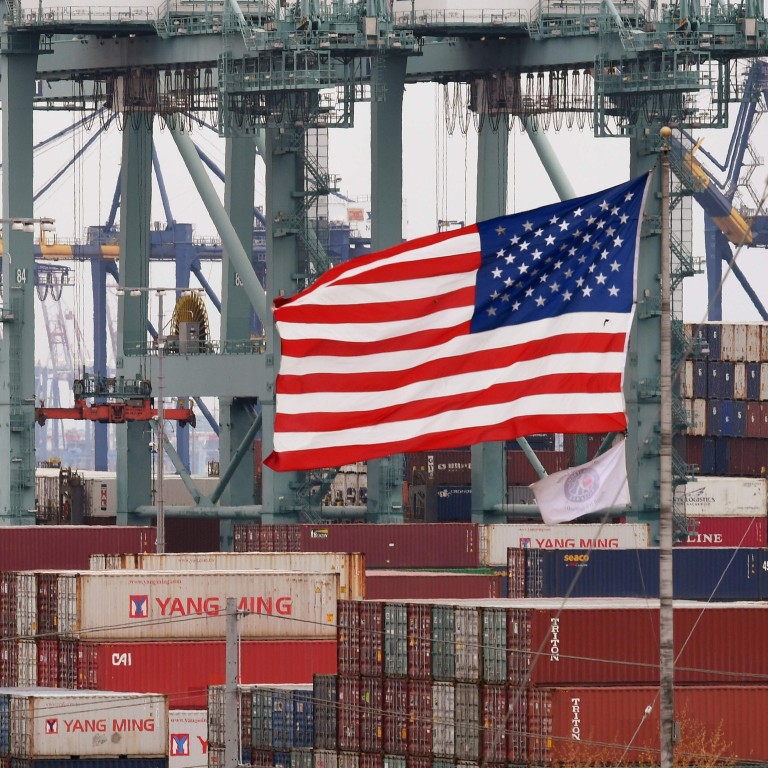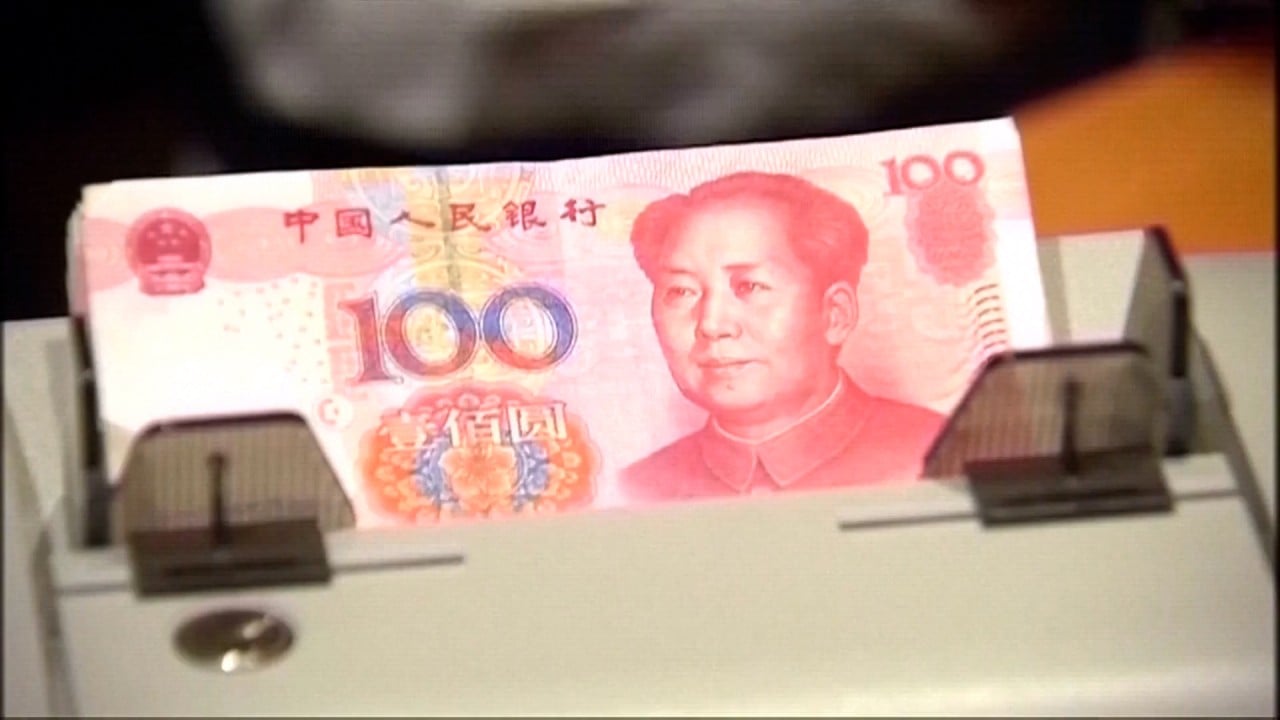
US calls for decoupling prove ‘sticky’ as China boosts share of global trade during pandemic
- Despite calls for a China decoupling, its share of exports to developed nations leapt to about 25 per cent in 2020 before settling around 20 per cent this year
- Few other countries have seen their share of the global trade pie rise during the pandemic, meaning decoupling remains ‘wishful thinking’, some analysts say
Calls to decouple from China are becoming less of a reality as the country’s share of global trade soars, proving that cutting trade ties with the world’s second largest economy is a lot stickier than expected, analysts say.
During the pandemic, China stepped up its drive to improve supply chains, including cutting transport fees and ensuring smooth port logistics, he said.
Very few other countries have seen their share of the global trade pie rise
China’s global market share of exports rose to around 18 per cent in early 2021 due to substantial gains in developed markets, according to Capital Economics. In spite of calls for decoupling, China’s share of exports to developed countries leapt to near 25 per cent in 2020 before settling just above 20 per cent this year.
The country’s global share of exports and exports to developed countries rose from about 16 per cent and 20 per cent respectively before the pandemic in 2019.
“Very few other countries have seen their share of the global trade pie rise,” Kuijs said.
Even if they fall after the pandemic, “the strong showing of China’s exports to developed countries confirms that there has been little decoupling thus far”, he said.

01:19
China’s economy rose 7.9 per cent year on year in the second quarter of 2021
China’s growing share of world trade is further proof that firms shape the nature of supply chains rather than governments, said Yukon Huang, senior fellow for the Asia programme at the Carnegie Endowment for International Peace.
Though trade war tariffs created some decoupling, China’s exports to the US soon rebounded, Huang said.
Furthermore, China’s resilience in circumventing US tariffs, especially when Chinese manufacturers relocated production for products like clothing and furniture to low-cost neighbours such as Indonesia and Vietnam, meant it retained its position as the “world’s factory”, said Friedrich Wu, an adjunct associate professor at Singapore’s S. Rajaratnam School of International Studies.
“Made-in-Vietnam” or “Made-in-Indonesia” goods for export were actually assembled in Vietnam or Indonesia for Chinese manufacturers investing in those countries, he added.
No other country could match China’s “sophisticated networks of supply chains”, meaning decoupling remained “wishful thinking among economics-illiterate American politicians and policymakers”, Wu said.
“The simple fact is that, as a high consumer and pluralistic society, the US government is not able to mobilise or arm-twist corporate America to disinvest in China and [make] American consumers seek alternatives from Chinese goods,” he said.
Indeed, the strongest demand for Chinese products during the pandemic came from developed countries rather than emerging countries, Kuijs said.
How quickly will the West be able to build its own replacements to the ferociously efficient and competitive Chinese manufacturing and industry?
Decoupling, however, can still be achieved but it comes down to whether the US and developed countries can “actively reconfigure both its demand and its supply”, said Danny Quah, dean and Li Ka Shing professor in economics at the Lee Kuan Yew School of Public Policy in Singapore.
“Right now the West has its domestic demand well ahead of its domestic supply [and other non-China supply], so the West goes off to buy from China,” he said. “As long as that continues, decoupling is not going to happen.
“Longer term, whatever else happens to demand, the West can try to raise its own supply. But how quickly will the West be able to build its own replacements to the ferociously efficient and competitive Chinese manufacturing and industry?”
There is one area, however, where decoupling could happen quickly and that is critical and strategic industries such as defence, Kuijs said.
At asset management forum Funds Congress’ meeting earlier this year, Jack Bouroudjian, chief economist and co-founder of the Universal Compute Exchange, said many producers in the electric vehicle industry in the US and globally have woken up to over-dependence on China after realising their reliance on the country for components needed in weaponry or smartphones over the past decade.
“The dependency is really going to be an obstacle and because of that you are seeing supply chains being shifted,” Bouroudjian said. “What was globalisation and what was competition has become a regionalism and this regionalism is going to be the morphine of globalisation.”
Despite the argument that firms cannot be forced to diversify, INSEAD business school professor, J. Stewart Black, and Allen J. Morrison, professor of global management at Arizona State, said in the Harvard Business Review last month that executives will be under pressure to confront this as US companies in China will be asked justify their presence there.
“Inevitably, that will result in a major shakeout, as some companies hedge their bets and others double down,” they said in their article. “The latter, if they are in any of China’s targeted industries, will need such compelling value propositions that Chinese customers beat a path to their door despite the government’s goals.”
Capital Economics chief Asia Economist Mark Williams agrees the US is rapidly trying to secure supplies of essential components like semiconductors by boosting domestic production. He said the recent export surge will be “the high-water mark for China’s role as a global exporter”.
“These efforts to shift where global production is located have been swamped by the surge in demand during the pandemic but they will shift the economic landscape over coming years,” he said.

